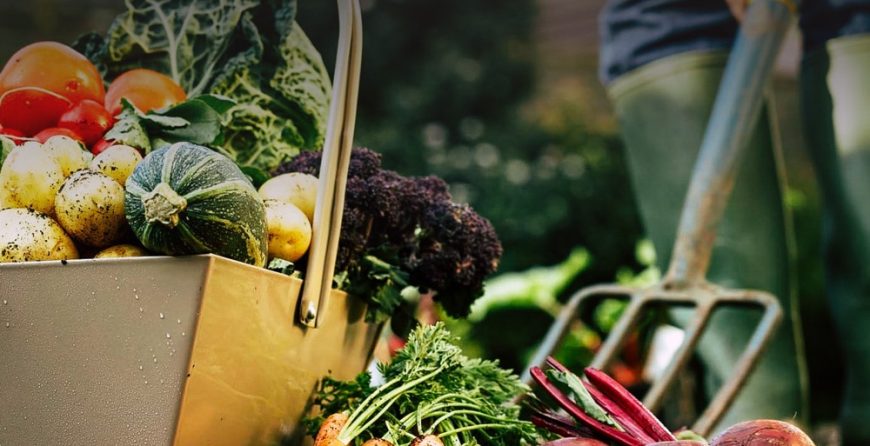 Every life aspect has myths that trigger the urge to unravel the reality. Gardening is no exception; it has its myths that can sometimes mislead first-time gardeners. In most cases, gardening myths are passed down from one generation to another making them hard to erase. As such, they continue to circulate and cause costly damages. Hence, the need to demystify top 10 garden myths.
Every life aspect has myths that trigger the urge to unravel the reality. Gardening is no exception; it has its myths that can sometimes mislead first-time gardeners. In most cases, gardening myths are passed down from one generation to another making them hard to erase. As such, they continue to circulate and cause costly damages. Hence, the need to demystify top 10 garden myths.
Layer of gravel in containers enhances drainage
The reality is that gravel impedes drainage resulting in too much moisture at around the root region. If the plant you are growing does not need too much moisture around the root region, it is likely to rot and die. So, you lose your monetary, time and energy investment. Never expect a layer of gravel to replace a drainage hole or a good soil potting mixture.
Smelly plants around your garden’s perimeter will deter deer
Deer are devious animals that are ready to confront challenges. So, they get around the smelly plants within no time and enjoy the good stuff in your garden. Plant deer resistant annuals and perennials such as; calendula, sunflower, cosmos, sage, ferns, flax, and lavender. You could also invest in deer resistant shrubs like barberry, lilac, holly, and boxwood or herbs like thyme, rosemary, mint, and chives.
Drought tolerant crops do not require water
All plants must regularly be watered until their roots establish. But, even after the roots have established, even the toughest drought-resistant crop will thrive better if watered occasionally.
Watering lawns at night keeps the grass healthy and saves water
According to lawn and landscaping experts, the best time to water your lawn is early in the morning when the grass can take in water and benefit from it maximally especially during sunny days. Also, the lawns get enough time to dry off before evening. If a lawn stays wet throughout the night, it attracts mildew and fungal diseases.
More fertilizer is better for your plants
Using too much fertilizer can be detrimental to your crops. It stunts growth and scorches the roots. In other cases, it triggers the growth of rich foliage but no flowers or lush fruit trees but no fruits. Moreover, too much fertilizer is detrimental to the environment and can be poisonous to pets.
Sand boosts clay soil’s quality
Sand and clay soil mixture is ideal for making bricks but not for growing anything. Clay soil can be improved by adding organic matter such a finely chopped bark or homemade compost.
English ivy is a parasitic plant
Though English ivy has tiny root hairs, aerial roots and attaches to tree barks as it grows, it is not a parasitic plant. It can grow to a height of about 90 feet and can be quite invasive in some regions. It can kill by blocking sunlight that triggers photosynthesis from reaching other crops.
Pilling up mulch against shrubs keeps them protected and healthy during winter
On the contrary. Mulch keeps shrubs moist. Moisture attracts a wide range of diseases that can kill your plants.
Garden tools should be sterilized with water and a bleach
Though used to remove stubborn stains effectively, bleach is corrosive and can wear down your garden tools gradually. Hence, it is advisable to sterilize your gardening tools with Lysol, Listerine and rubbing alcohol but in small quantities.
Young trees must be staked
While tree staking is a common and old practice, movement ensures that young trees grow to be sturdy and strong. Meaning that staked trees can grow to be skinny and weak. However, if you are planting trees in a windy region, it is advisable to stake them loosely for a maximum period of six months.



Very much good informative reading. Thanks..